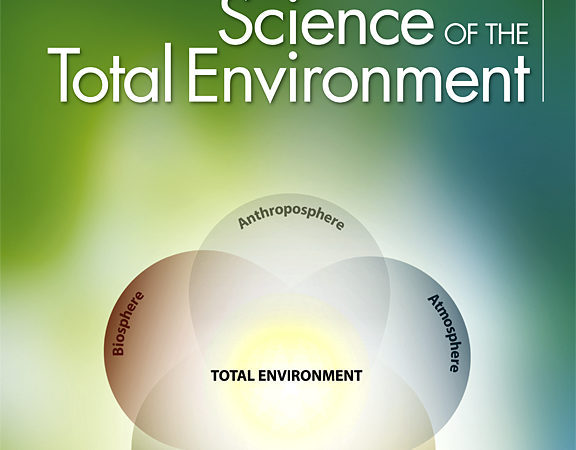
Abstract
Maize and wheat are major cereals that contribute two-thirds of the food energy intake globally. The two crops consume about 35% of the nitrogen (N) fertilizer used in agriculture and thereby contribute to fertilizer-induced nitrous oxide (N2O) emissions. Thus, estimation of spatially disaggregated N2O emissions from maize and wheat fields on a global scale could be useful for identifying emission and mitigation hotspots. It could also be needed for prioritizing mitigation options consistent with location-specific production and environmental goals. N2O emission from four models (CCAFS-MOT, IPCC Tier-I, IPCC Tier-II and Tropical N2O) using a standard gridded dataset from global maize and wheat fields were compared and their performance evaluated using measured N2O emission data points (777 globally distributed datapoints). The models were used to quantify spatially disaggregated N2O emission and mitigation potential from maize and wheat fields globally and the values were compared. Although the models differed in their performance of capturing the level of measured N2O emissions, they produced similar spatial patterns of annual N2O emissions from maize and wheat fields. Irrespective of the models, predicted N2O emissions per hectare were higher in some countries in East and South Asia, North America, and Western Europe, driven mainly by higher N application rates. The study indicated a substantial N2O abatement potential if application of excess N in the maize and wheat systems is reduced without compromising the yield of the crops through technological and crop management innovations. N2O mitigation potential is higher in those countries and regions where N application rates and current N2O emissions are already high. The estimated mitigation potentials are useful for hotspot countries to target fertilizer and crop management as one of the mitigation options in their Nationally Determined Contributions (NDCs) to the United Nations Framework Convention on Climate Change (UNFCCC).








